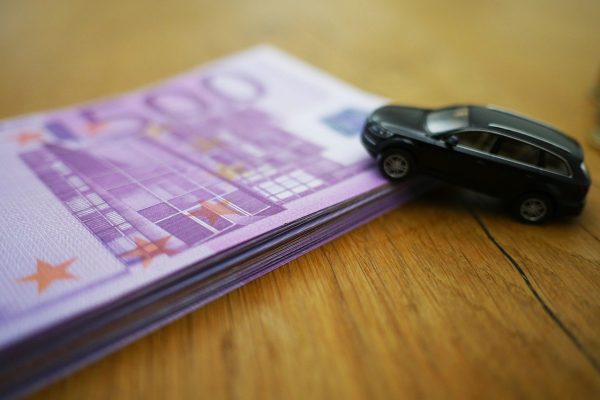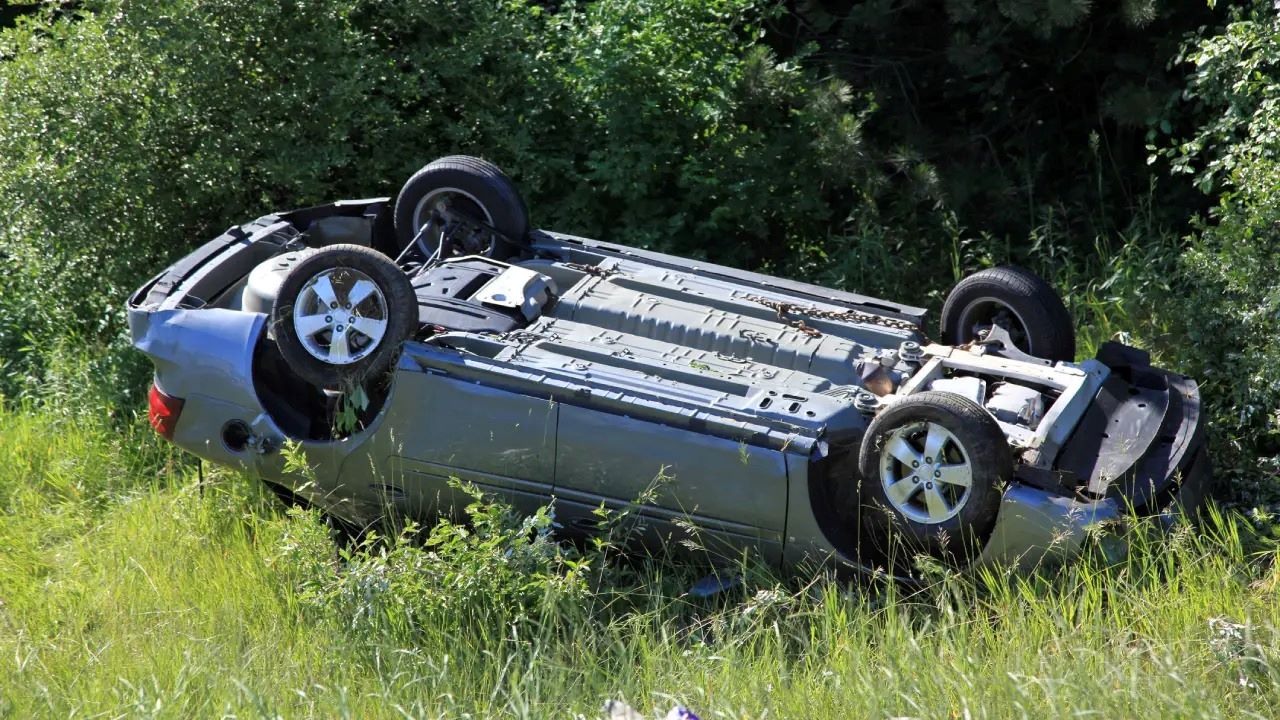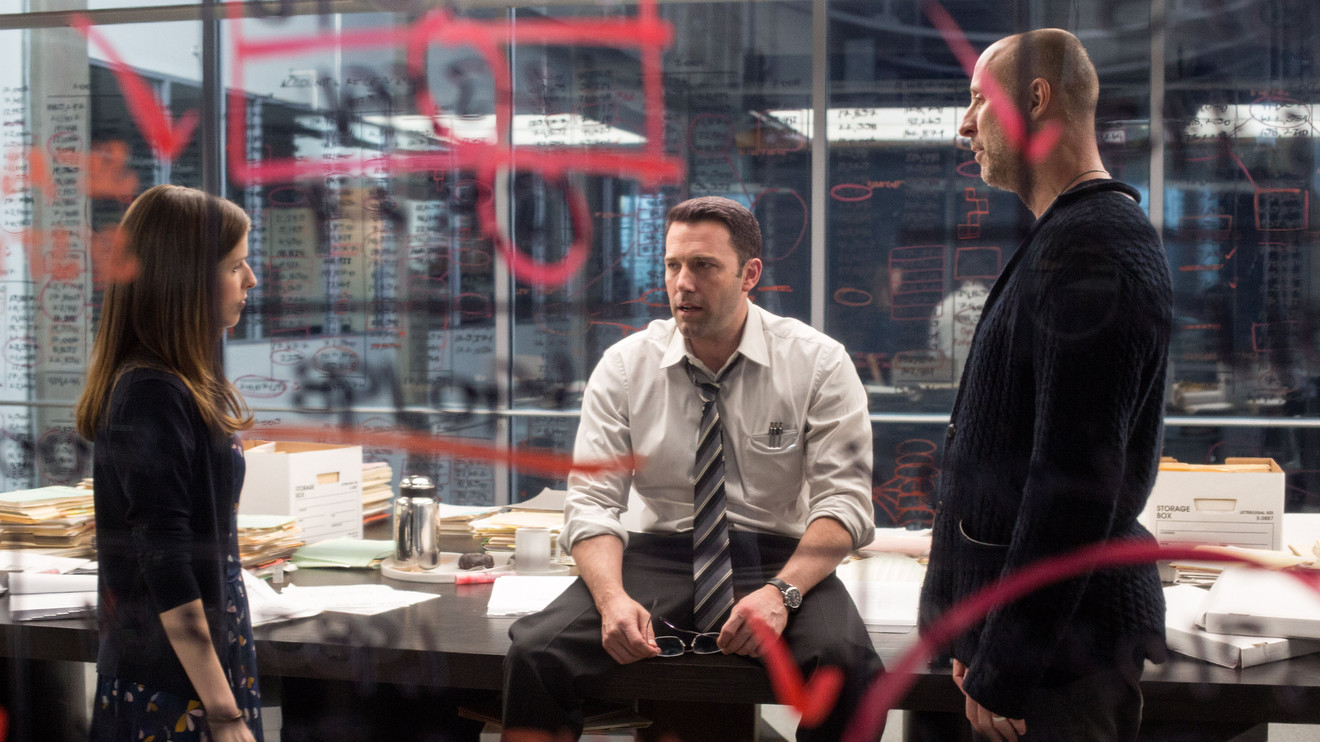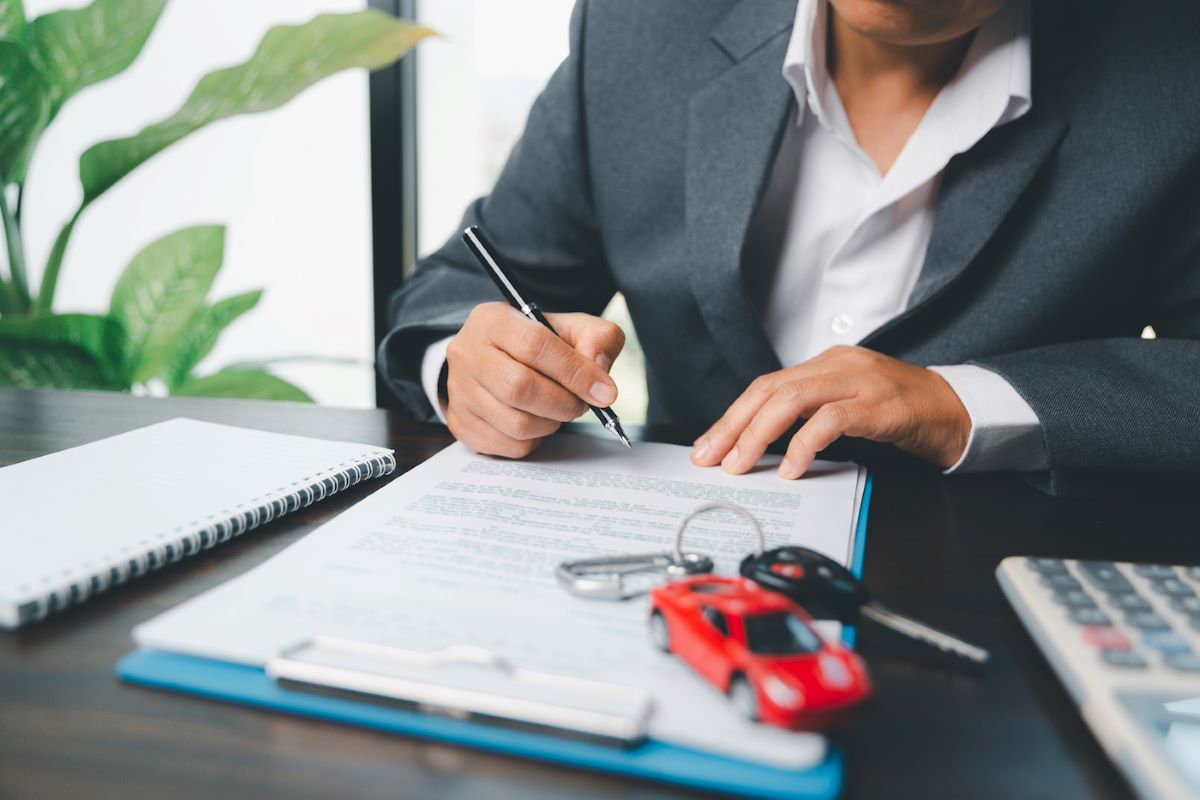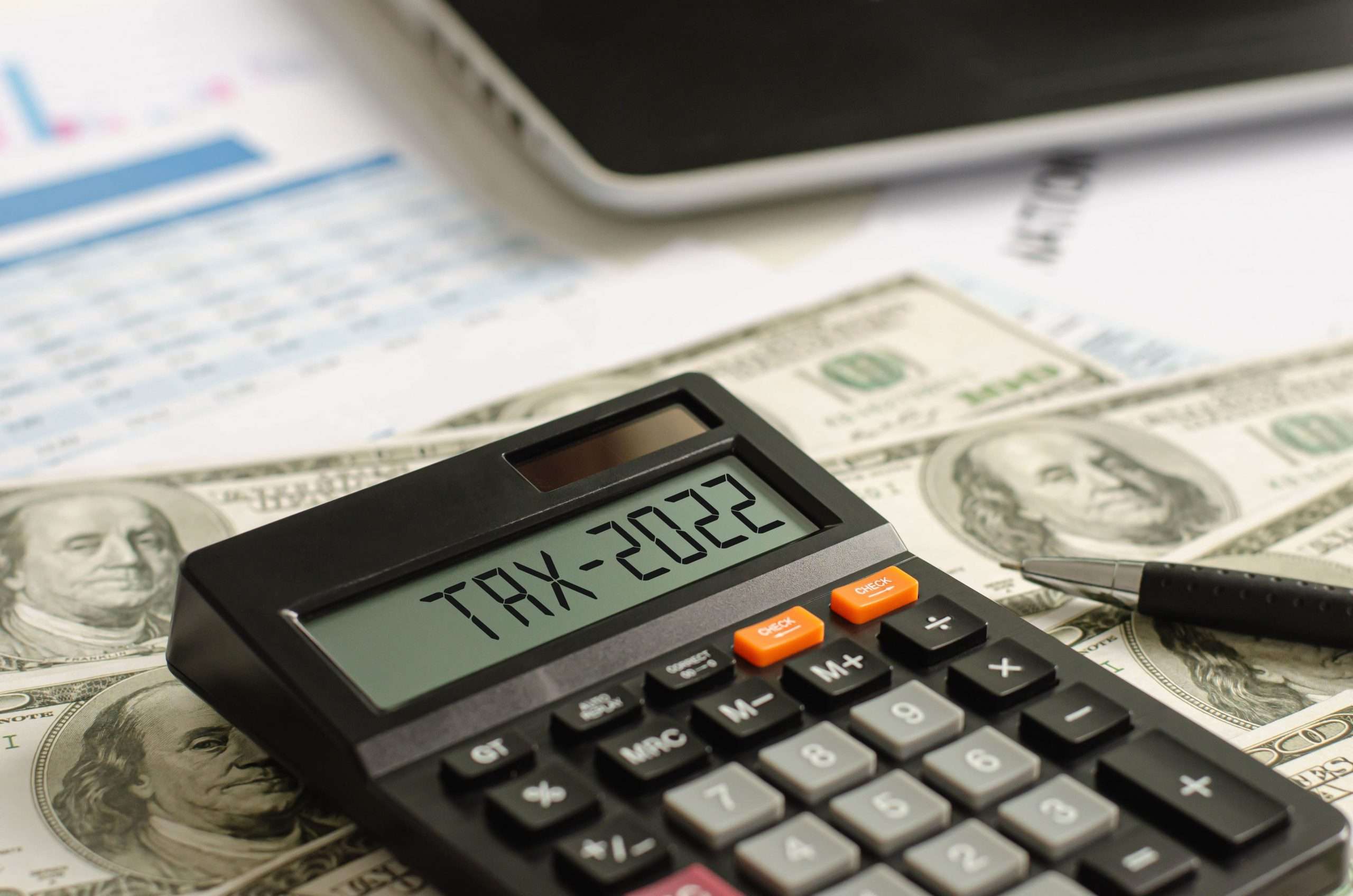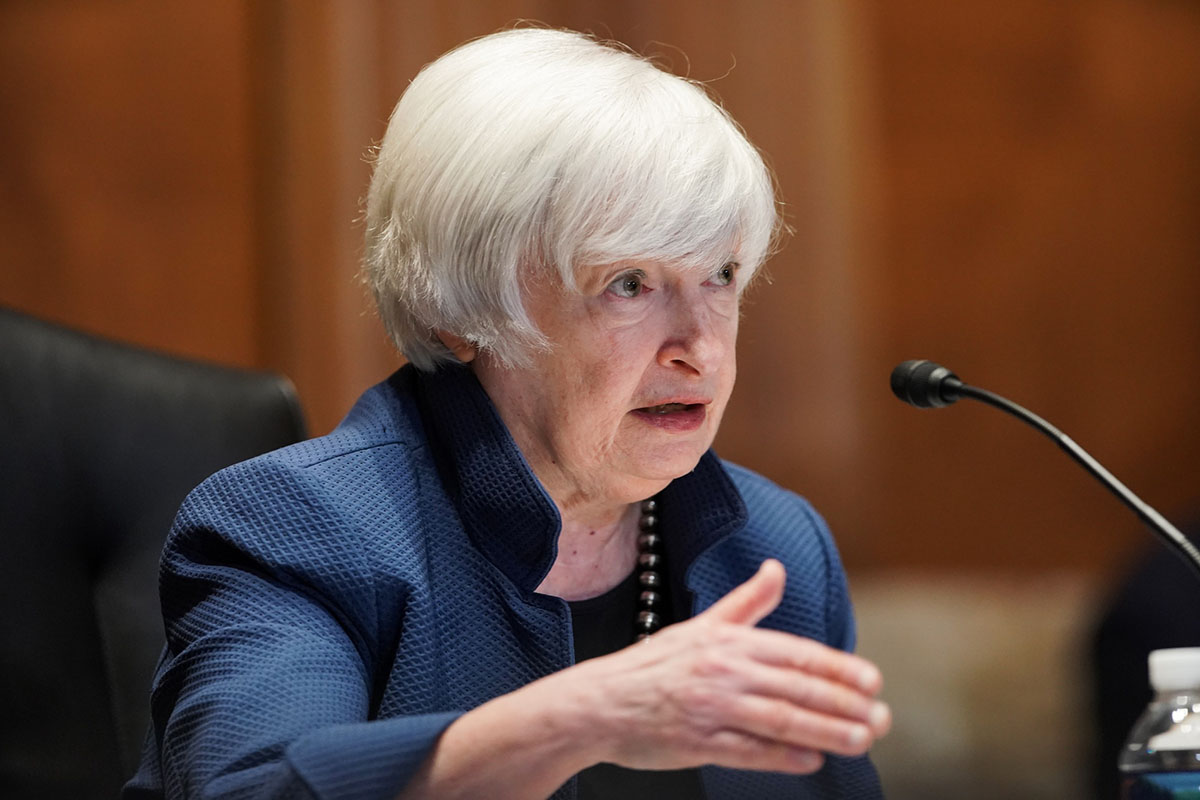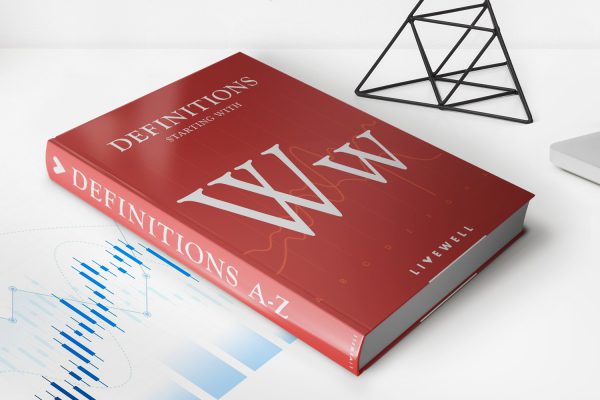Home>Finance>Pro Tips on Leasing a Car without Making These 10 Mistakes


Finance
Pro Tips on Leasing a Car without Making These 10 Mistakes
Modified: February 21, 2024
A car can be an expensive necessity depending on where you live. Leasing one is a good, budget option. If you plan to lease a car, avoid these 10 mistakes.
(Many of the links in this article redirect to a specific reviewed product. Your purchase of these products through affiliate links helps to generate commission for LiveWell, at no extra cost. Learn more)
What Is A Car Lease?
You probably don’t have to ask around too much to know that cars are pretty high priced. When you check the prices on car buying sites you might already feel your blood pressure rising. After all, car shopping isn’t easy nor cheap.
The truth about cars is that they’re incredibly expensive and high maintenance. Buying one isn’t always be the best option. Most people can’t afford to buy cars anymore yet they’re still needed if you want to move around with ease.
It’s especially practical when you don’t live in an area with easy access to public transportation. With that being said, is buying a car your only option? Not really.
One good option would be to lease a car. People don’t often talk about it so you might ask, “how does a car lease work?” To put it simply, leasing is similar to renting.
It’s a contract where one party (lessor) lets another party (lessee) use their property for some time. In exchange, the lessee then pays money to the lessor — usually monthly.
Why Should You Lease?
Granted, leasing isn’t for everyone but it may be for you. There are several advantages when you lease a car instead of buying one. It doesn’t come without its disadvantages, though. Some of the benefits you have when you buy a car might be lost when you lease.
Leasing: Advantages & Disadvantages
Some of the advantages when you lease a car is that you get to pick something newer. If your contract ends in 2-3 years, then you might be able to lease another new car afterwards. New cars are cool but they’re expensive to buy. Leases are cheaper so you have a higher chance of driving a newer car.
Not only are the monthly payments cheaper, but the down payment also tends to be more affordable. And it’ll be under warranty — typically throughout the lease period — which can provide peace of mind.
However, when you lease, keep in mind that it’s not yours. You must return the vehicle. Period. Unless you opt to buy it through a purchase option agreement, you have to return it to the lessor.
So all those monthly payments won’t amount to your ownership of the car — just the use of it. And since you don’t own it, you will never have the chance to sell it either. There are also some limitations when it comes to mileage and exceeding means paying extra. So you might not always be able to drive it as you please.
There’s also a matter of wear and tear, meaning you have to take good care of the vehicle. If not, you’ll incur additional charges, too. Weigh the pros and cons and consider your situation. Once you do, you’ll be able to determine whether or not leasing is for you.
Let’s say you do end up leasing. For first-timers, it can be tricky to understand how to lease a car. So, here are some car leasing tips and 10 mistakes to avoid when you lease a car.
10 Mistakes To Avoid When Making A Car Lease
1) Not Negotiating The Price Of A Car Lease

Photo from Pixabay
How much does it cost to lease a car? Imagine you’ve already decided on what car to lease. You’ve found a dealer that’s reputable. You’ve found a deal and it fits your budget. Even if this were the case, don’t skip out on negotiating the price.
It’s always good to save money and negotiating deals is pretty commonplace. Normally they put an initial price that has leeway for discounts and negotiations. It’s perfectly acceptable and sometimes even expected. If you don’t know how to negotiate a car lease, here are some tips:
If your dealer gives you the Manufacturer’s Suggested Retail Price (MSRP), don’t be fooled. That just means it’s the car’s full price. They’d love to see you pay this kind of price for the lease, but don’t buy into it.
You shouldn’t be paying full price if you won’t end up owning the car. The MSRP can be negotiated. Sometimes people even lower the amount significantly. You can even end up lowering both your monthly fees and down payment.
In leasing, the lease price of the vehicle is known as the “Cap Cost” (capitalized cost). Negotiate on the cap cost and you can potentially save a lot of money.
Car dealerships can be quite sneaky. Additional costs abound in car leasing contracts so negotiating the price is a good move. It doesn’t hurt to try. Remember, even if you’re not buying a car, it’s still a big purchasing decision.
This will end up as a monthly expense for two to three years — that’s a long time. You don’t want to be paying more than you need to.
2) Not Calculating The Total Cost
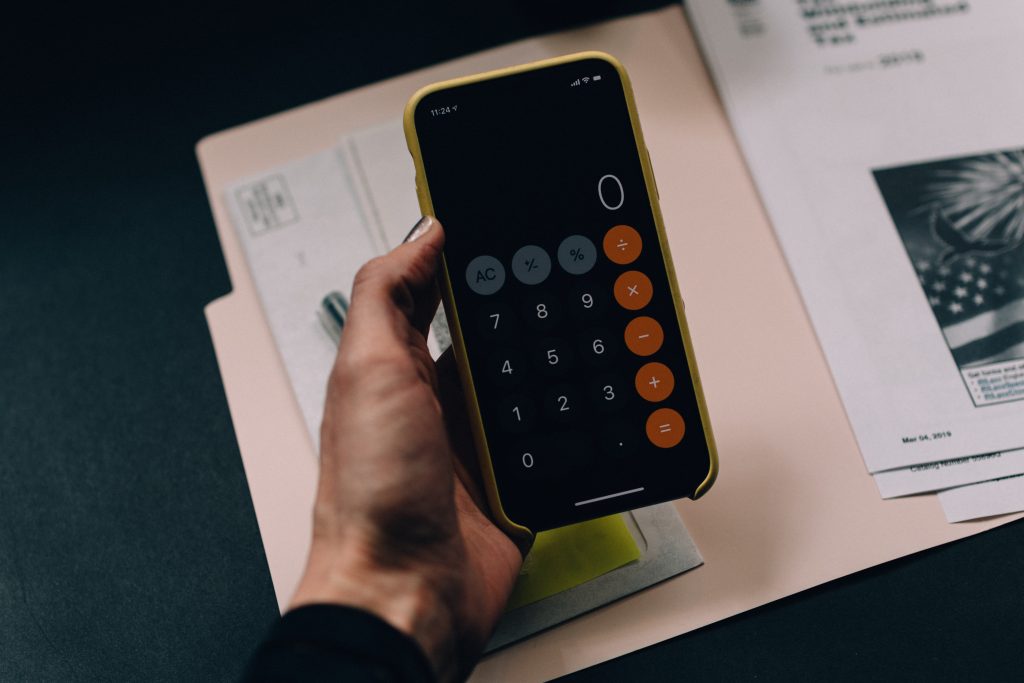
Photo from Unsplash
Monthly payments are a big deal and it’s easy to get caught up in negotiating the lowest price possible on it. But you’ve got to focus on the total cost — the bigger picture. There are multiple payments: down payments, out-of-pocket costs, maintenance expenses, and others.
You need to review the additional fees your dealer might charge. Check out the terms and conditions and calculate your costs as a whole before agreeing to anything.
Dealers will normally want to keep you focused only on the monthly payments. However, if you look at the whole cost of everything over the entire duration, things might be different. It might cost a whole lot with the down payment and all the additional costs.
Not to mention checking the mileage charges when you exceed your limit. If you take into account all of the payments, you can compare the real price you pay against other dealerships. You might find something more competitive elsewhere. Don’t be easily enticed by low monthly payments — it’s not the full story.
3) Paying A High Down Payment
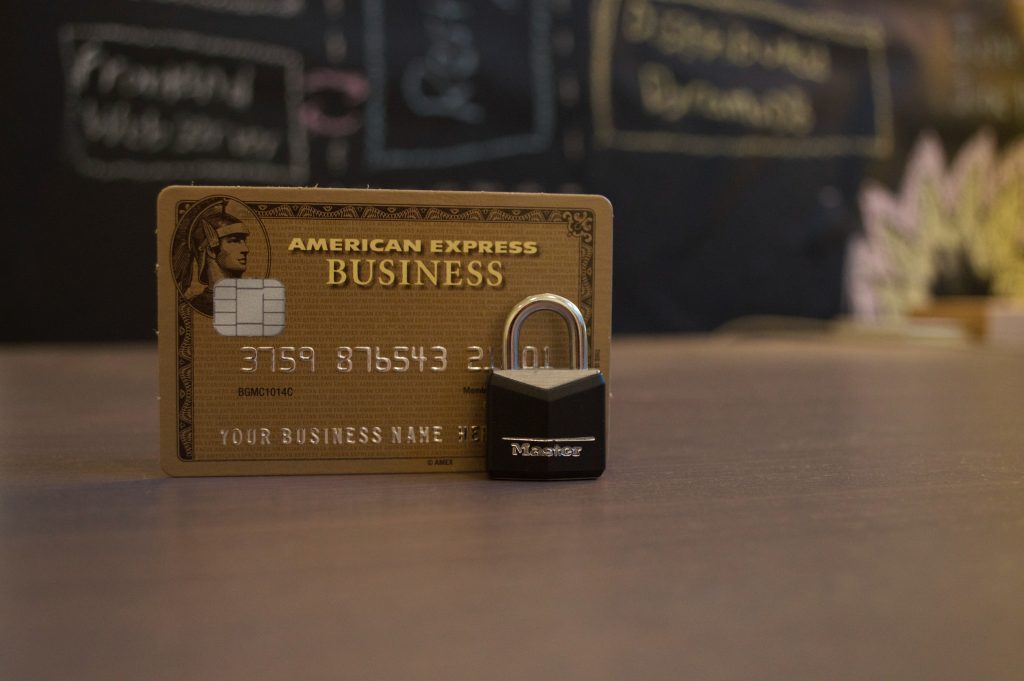
Photo from Unsplash
When you lease a car, paying a higher down payment normally gives you a lower monthly payment. It sounds appealing if you can afford it, but hold on a second. If you pay a higher down payment there will be risks.
You might wreck your car in your first few months and if so, you might not be able to get your deposit back. Insurance companies do cover the outstanding balance with dealers but, likely, you won’t recover your down payment.
It’s better to pay modestly for the down payment. Think of a practical amount you’re comfortable with not getting back for using the car. Even if your monthly leasing fee will be higher, it’s still safer. You won’t have to pay a lot only to lose it all if your car gets stolen or is wrecked.
4) Undermining The Importance Of Your Credit Score

Photo from Pixabay
People don’t always give importance to the best credit score to lease a car. In fact, a lot of people don’t mind their credit score at all. This is a mistake. If you lease a car with bad credit you’re bound to regret it.
When you lease a car, you will get to know of the Annual Percentage Rate or APR. It’s a little bit like the interest rate on your lease. People who have the best credit scores like 800 or more have the best APRs.
These are the people who will find it easier to find financing. Scores of 681 to 799 are considered as average credit. Negotiating for a better rate is still possible with average credit. However, if you have a sub-par credit score of 679 and below, your financing charges will be quite high. It’s better if you hold off on your car lease until you get a better credit score.
Your credit score will be computed based on your payment history, credit mix, credit inquiries, and so on. You can check out your credit score from credit bureaus for free once a year. Take advantage of the opportunity and check your standing. Your wallet might hurt if you neglect this important part when you lease a car.
5) Not Getting Gap Insurance
Gap insurance is the amount the insurance company cannot cover for your car if you damage it beyond repair. Let’s say you have a lease worth $10,000. One day you get in a major accident and you still owe $9,000 on the car. But the true car value of your model at the time is at $7,000. The insurance company will only cover for $7,000 because that’s the market value of your car. That means you’ll have to pay the remaining $2,000 yourself.
Gap insurance is beneficial for people who have a loan amount remaining that’s greater than the market value. That’s because you’re overpaying for your car and gap insurance will cover for the extra — the $2,000 in the previous example.
The opposite is also true, though. Let’s say your remaining loan is at $6,000 but your car’s market value is at $7,000. That means the insurance company can give a check for $7,000 if you wreck your car beyond repair. You’ll still have some extra left over and won’t owe any more for your car. In this situation, you don’t need gap insurance because there’s no gap to cover.
You don’t have to buy gap insurance right away and you don’t need to buy it directly from your dealer. A lot of dealerships offer expensive gap insurance coverage. You can get it from other institutions such as banks. It’s best to do your research before you buy this. However, do note that if you’re the type of person who might need the extra security, not buying gap is a costly mistake.
6) Underestimating Your Mileage Habits

Photo from Unsplash
There’s a mileage limit to any kind of car lease that you’ll encounter. The “cap” is the mileage you can travel within the lease term. Annual mileage caps typically range from 10,000 to 15,000 miles. If you exceed, you will be charged. Sometimes it even costs as much as $0.30 per mile over the limit.
If you have a low mileage lease and exceed the limit, you will pay more than what you originally intended. If you’ve had a car before, try to check your driving habits so far. Some cars give you the total mileage you’ve driven. It’s important to understand how much you drive before you lease a car. Otherwise, you run the risk of overrunning the cap and it could cost you a lot.
7) Skipping Out On Maintenance
When you lease a car, the car’s not yours — that much is true. But that doesn’t mean you can skip out on maintaining the car properly. Dealers expect you to give the car back in pristine condition when you lease it. Or else, additional fees will cost you when you return the car.
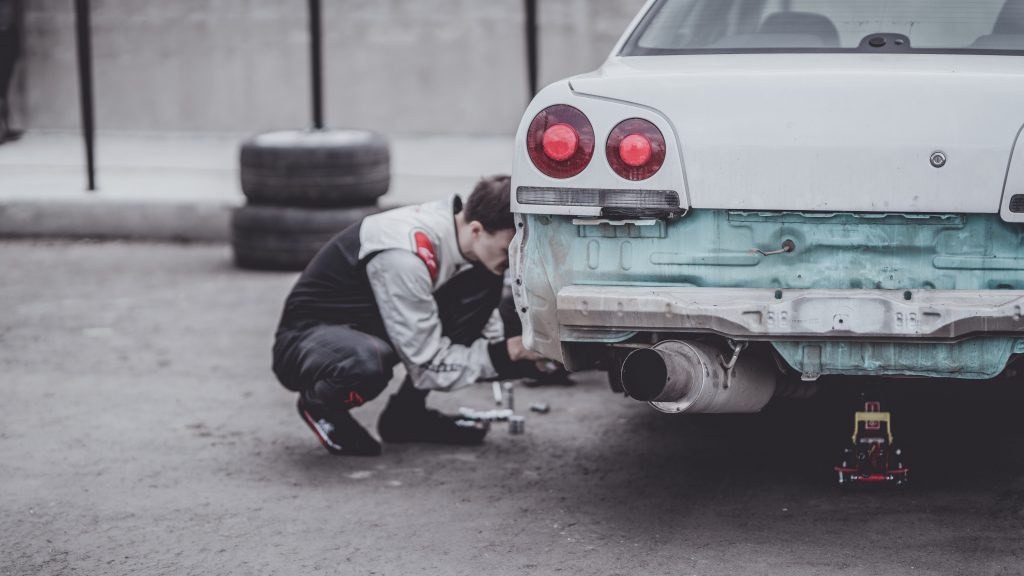
Photo from Unsplash
Scratches, scuffs, wear and tear. Every dealer will have a different definition of what fair use is. You have to carefully go through their terms before you sign. When the time comes for you to return it you’ll have to remain present during the inspection. Some dealerships are sneaky and use this opportunity to charge you as much as they can. Make sure you understand their terms of use before you apply for auto leasing.
8) Failing To Do Proper Research On A Car Lease
Perhaps some of the things on this list came as a surprise for you. People don’t normally think about leasing a car so it’s not well known how to go about doing it. That’s why doing proper research is key.
Every dealership and brand of car, every model and make will have different terms. There are many factors to consider. You can’t afford to go into your local dealership without proper research. You’d be an easy target for high prices if you go without a good grasp on how to lease a car. Never sign a deal without thorough investigation.
9) Leasing For Too Long
Contracts last for three years on average when you lease a car. Some people do lease cars for a longer time. But be warned that if you lease for a longer time, you might have to pay more.
Maintenance fees are a big deal especially when the car goes out of warranty. Make sure you lease only for as long as the warranty lasts. The warranty time frame varies from dealer to dealer so don’t assume 3 years is automatically okay. Check with your car dealer or lessor first. You don’t want to be worrying about big repair and maintenance costs for a car you don’t own.
If you want to lease for a longer time, though, it might be better for you to buy the car. You can continue to drive for years even if it goes out of warranty. Even if you have to pay for repairs and maintenance yourself, you won’t have to worry about monthly lease payments.
And you can even sell the car when you want to. You can calculate what’s a better deal for you using a car lease calculator. There are some online and they’re not that hard to find. It’s best to always check and analyze whether buying or leasing is the optimal, cost-effective solution for your needs.
10) Signing Without Going Over The Contract For A Car Lease
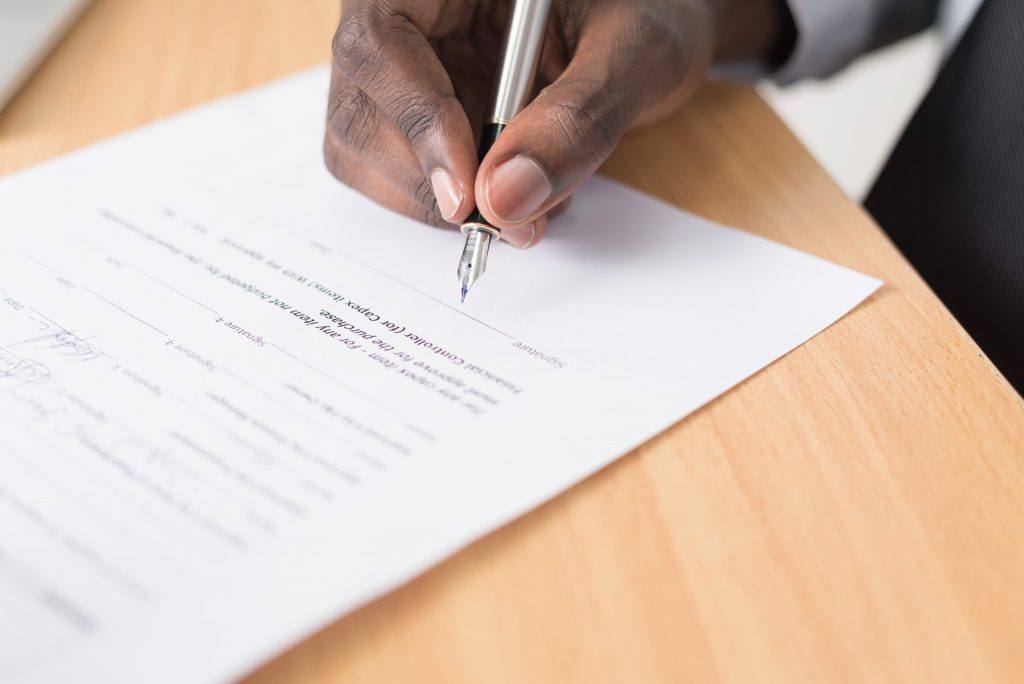
Photo from Pexels
For something that sounds so simple, people make this mistake. We’re so accustomed to signing and giving consent to things without reading the terms. We never read the Terms of Service or Privacy Policies online.
While it does only minimal damage (most of the time), you should definitely refrain from doing this. You don’t want to verbally agree on things with your dealer only to find you’ve signed a different deal.
